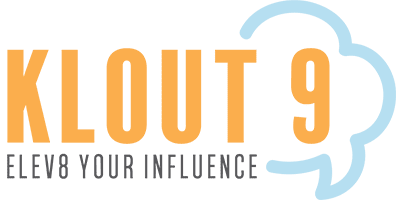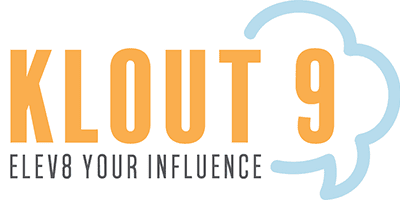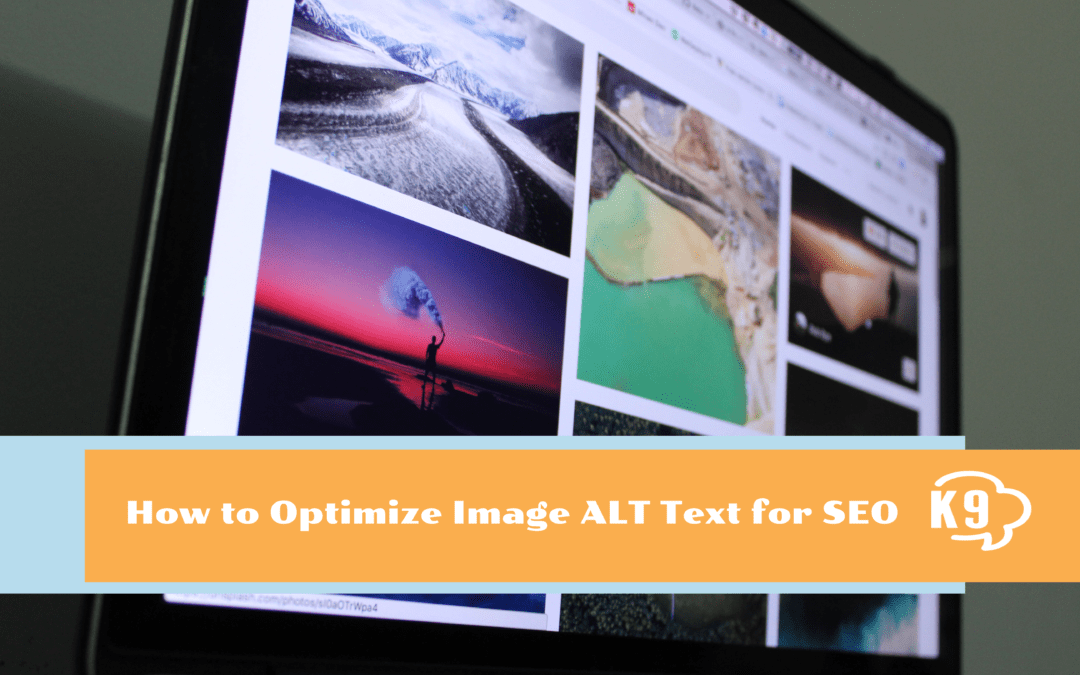In the field of Marketing, the measurement of how well you are doing lies within the data. The best content in the world means nothing if it does not turn into action (an increase in traffic or sales). Photography is a powerful tool that when used properly can increase engagement with your marketing efforts. High quality images may come with a cost through a Photography Marketing Agency, but the return on investment is well worth it. Powerful imagery tells a story that engages customers’ senses and leads them further into the messaging you are trying to get across. While the visual element is important, our topic of discussion today is how to utilize your photography to boost your results with SEO. Proper optimization of your images will help search engines to also see the messaging you want to get across to your audience, thus increasing the likelihood of that content being shown to them.
How to Optimize Images for SEO
Search engines, such as Google, are unable to see images the way we do. They are unable to process and translate them into content without help. This does not mean that they are not important as search engines understand that images contribute to overall user experience. It simply means your images require a bit of optimization to be beneficial. Below are some tips to optimizing your images for SEO:
- Image size – images can drastically impact page load speeds so it is important that you reduce image file sizes to avoid this. This can be done by using image compression tools or simply making sure the image is saved for the web. At minimum, make sure your image is not larger than it will actually display on site
- Image to content ratio – don’t get too image happy. As stated above, images can slow your website down, so you don’t want to overload any single page with too many images. Google also recommends that you have more content on a page than images to avoid a spammy looking site so keep it balanced.
- Copyrighting – you should not simply pull images off Google or other websites for use on your own website. It may seem harmless but search engines will penalize you. It’s best to use your own photography but if you do not have your own images, use stock photos or images labeled for reuse. If you aren’t sure how to get your own images, find a Photography Marketing Agency like Klout9.
- Always utilize alt text – captions and image descriptions and use the focus keywords here when possible.
Image ALT Text
Image “alt” text stands for alternative text and will be the focus for the remainder of this post. Alt text is simply a short description of your image that will display in the event your image does not. This text will also tell search engines what your photo is and help decipher when it is relevant. Search engines now take website user experience for the visually impaired into consideration when ranking your content. Alt text can be read by assistance softwares and will help visually impaired site visitors engaging with all of your content.
Your alt text should properly describe what is in the image so someone reading it could visualize it without seeing it. You should also include your focus keyword for the page the image is on within your alt text. Your images should be relevant to what your content is so this should not be hard. If for some reason you are unable to insert search terms so they flow naturally, do not force it. It is best practice to always use alt text on your images.
If you would like to step up your image game, Klout9 would love to help. Contact us for a free consultation. For ideas on how to utilize photography in your marketing strategy check out our previous post “Photography Marketing Ideas for 2021”.


